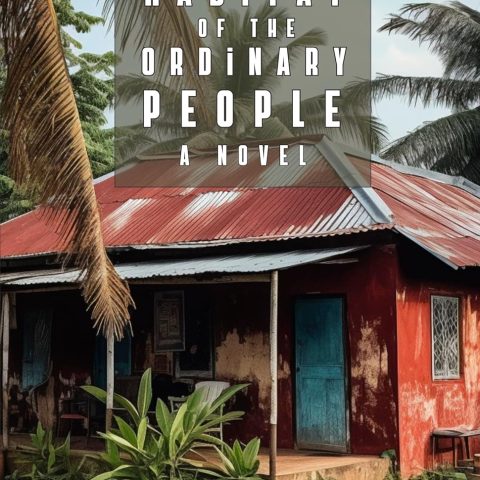By David J. Leonard | With
thanks to NewBlackMan (in Exile)
Wednesday, July 10, 2013.
Watching the George Zimmerman trial has been a
daily reminder of the ways that race and the criminal (in)justice system
collide. The trial has been a daily display of the different standards,
scripts, and narratives afforded to both victims and the accused, and how race
sits at the center of these “two Americas.”
Media coverage of the trial has presented judgments on whose life matters, whose future matters,
whose pain matters, whose suffering matters, whose experiences matter, and who
deserves, is entitled to, and will receive sympathy, mourning, and justice.
Just as every person within America is profiled as
guilty or innocent, as desirable or undesirable, violence is profiled as
well. Gun violence is profiled racially.
Victims are profiled racially.
Perpetrators of violence are profiled; the families and friends are
profiled as well; communities are not spared from this process. Ultimately, the
narratives embraced are dissimilar across communities whereupon race creates a
dividing line that marks them as separate and unequal. This is racism at its core.
“Deep in the white American psyche” rests the
controlling belief that sees “the impossibility of Black innocence” (Mann
2013). Inside this same dominant
worldview is that impossibility of white guilt.
The perpetual criminalization of Trayvon Martin is
telling; the efforts to blame him for his own death; whether from the defense
questioning of Sabrina Fulton or the mentions of trace amounts of THC in his
system at the time of his death, are evident in the ubiquity of depicting
Trayvon as a “thug,” a “suspect” and a “criminal” (a CNN “expert” even
justified Zimmerman’s profanity-laced 911 call because he thought he was
following a criminal).
All of this is operates from and perpetuates the presumed
guilt of Trayvon Martin and black bodies in general. Zimmerman, on the other hand, is presumed
innocent and a good person who is now being victimized.
On Fox News recently, Greg Jarrett and Kimberly
Guilfoyle lamented the costs and anguish experienced by Zimmerman, citing his
weight gain as evidence of his victimization.
“You eat when you’re under stress and pressure and stuff like that,”
Guilfoyle reminded the audience, “So, you know, he’s already been punished to
some extent. We’ll wait and see whether a Jury punishes him further.” “This is
an individual that was trying to do some civic duty by being on the community
watch,” Jarrett noted, “that was the purpose of why he was there that night.”
In other words, Zimmerman was a victim; victimized in the past, on this fateful
night, and through the process.
Sympathizes should rest with him.
While the verdict has not been read, the trial itself,
the media coverage of the trial, the
focus on the Newtown shootings as opposed to gun violence in Chicago, as well
as the demands for background checks and not jobs, and the focus on mental
health and not schools, are testaments to the ways race sits at the center of
discourses of gun violence, and the criminal justice system.
Black death and white death are conceived as separate
and unequal within the dominant white imagination; yet the stories about life
and death in black and white are contingent upon one another. White life is
privileged over anything else.
The scripts we see with regards to Trayvon Martin and
George Zimmerman, or Newtown, and
Chicago, are the stories of guilt and innocence; they are the stories of blacks
and whites—evidence of the persistence of racism and the illusion of post-racial America. At the core of dominant discussions of guns
and violence, like those of crime and punishment, is a presumption of black
guilt and white innocence. White America
clings to the profiles of guilt and innocence as a religion.
To look at the stories told of Adam Lanza and James
Holmes is to look at the difference in the profiling of and narratives
associated with Trayvon Martin and Jordan Davis, another unarmed black teen
shot to death in Florida. W.E.B Dubois once asked when writing about America’s
race question, “how does it feel to be a problem?” Contemporary discussions of
gun violence, from inner-cities to the suburbs, highlight the continued
relevance of his words within America.
While the judge limited the ability of the prosecution
to bring race into focus and to talk about racial profiling, among other
things, race remains at the center of the trial and the criminal justice
system—at the heart of life and death. The demands for colorblindness amid the
realities of a racist America means that this trial, like those before, are
playing out according to the hegemonic script: black criminalization and white
innocence. It is my hope for a new
ending where justice and mourning no longer remain a dream deferred.
***
David J. Leonard is Associate Professor in the Department of Critical
Culture, Gender and Race Studies at Washington State University, Pullman. Leonard’s latest books include After Artest: Race and the Assault on Blackness (SUNY Press) and African
Americans on Television: Race-ing for Ratings (Praeger Press) co-edited with Lisa Guerrero. He is currently working on a book Presumed Innocence: White Mass Shooters in the Era of Trayvon about gun violence in America.





